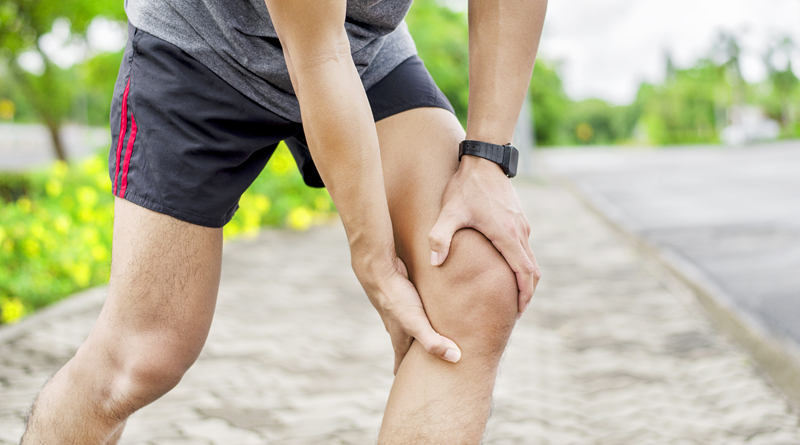A Very Common Cause of Knee Pain in Young People
 By: Charles Lascano, MD, CAQSM, DABFM.
By: Charles Lascano, MD, CAQSM, DABFM.
Sports Medicine Physician. Sanitas Medical Centers.
Patellofemoral pain syndrome (PFPS), which is also called runner’s knee or anterior knee pain syndrome, is one of the most common causes of anterior knee pain in adolescents and adults younger than 60 years. This condition is defined as pain occurring around or behind the patella (kneecap) that is aggravated by at least one activity that loads the kneecap during weight-bearing on a flexed knee. Established risk factors for PFPS include female sex and activities such as running, squatting, and going up and down stairs. Also, decreased quadriceps muscle strength is associated with a significantly higher risk of this condition, likely because it can lead to kneecap instability. Gait abnormalities can also contribute to this condition. Plain radiographs of the knee are not necessary for the diagnosis of this condition but can exclude other diagnoses, such as osteoarthritis, patellar fracture, and osteochondritis.
Treatment of PFPS should focus on early pain relief. Relative rest, ice, and analgesics are recommended to reduce pain, but physical therapy is the cornerstone of treatment. Because of the multiple contributing factors of this condition, therapy should be individualized. Therapeutic exercise regimens should focus on the hip, trunk, and knee. Core muscle strengthening reduces pressure on the patellofemoral joint by stabilizing muscle recruitment. Strengthening exercises and flexibility training of the associated muscle groups should be performed three times per week for six to eight weeks. Therapeutic exercises should be consistent for long-term pain relief and improved functionality.
Beyond relative rest and physical therapy, other early treatment options for PFPS include taping and foot orthotics. Kinesio-taping can temporarily help improve patellar malalignment in athletes, although it is likely more beneficial earlier in the course of this condition, and the overall evidence is insufficient to recommend routine use of Kinesio-taping. Foot orthotics can help correct gait abnormalities, although it is unclear if they reduce pain. Knee braces have not demonstrated benefit over therapeutic exercise. Surgery has not been studied sufficiently to demonstrate improved clinical outcomes over conservative strategies and should be performed only after conservative measures have failed and subsequent imaging elucidates a surgical indication.

